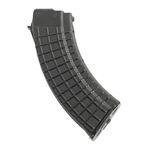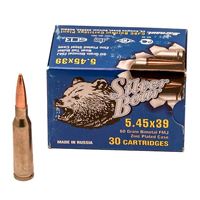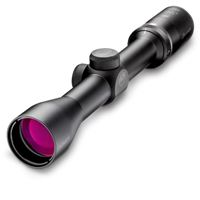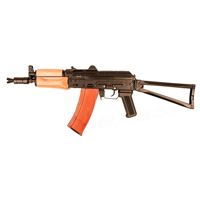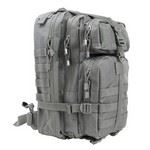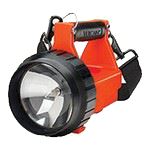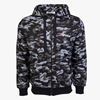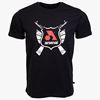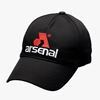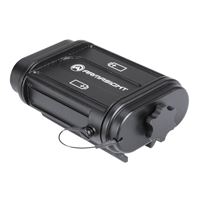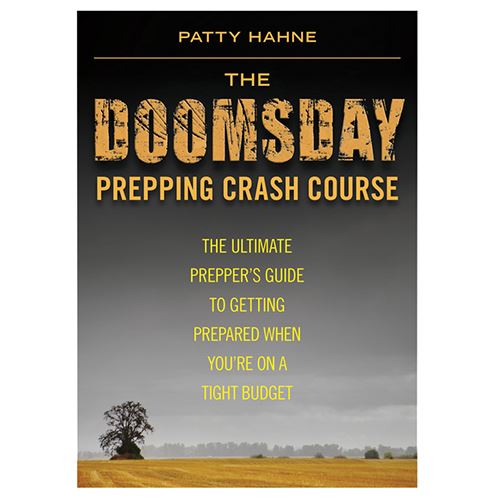The 10mm cartridge was originally intended as a means of increasing the power of the Browning High Power handgun. Using a .38-40 (.400 inch) bullet and a shortened .30 Remington rifle cartridge the new cartridge proved too much for the High Power type pistol. Later, the .40 Smith and Wesson did not, but that is another story. The Bren Ten 10mm pistol was born from this research. A number of luminaries including Pachmayr Gun Works and Colonel Jeff Cooper were involved in the Bren Ten 10mm pistol. It wasn’t intended to replace the .45 automatic, but as Colonel Cooper noted, you could do things at 50 yards with the 10mm that could not be done with the .45. The 10mm was out of production for a time and brought back from the brink of death by Colt’s Delta Elite 10mm.
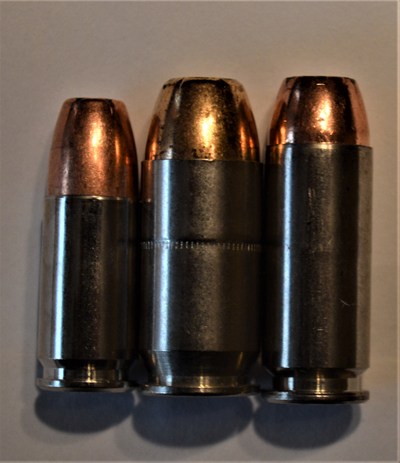
Today, we have many makers of the 10mm including Colt, Glock, Kimber, Ruger, Springfield, and others. The 10mm isn’t everyone’s cartridge but it is immensely popular with a smaller group of hardcore shooters. Those who feel the 9mm is enough or that the .45 ACP is the end all cartridge will not find the 10mm to their liking. Shooters that appreciate the accuracy and power of the 10mm and know what it takes to anchor both motivated felons and game animals may find the 10mm their ideal cartridge. Not to say the need for shot placement is abrogated, far from it. But the 10mm gives an accomplished shooter an edge.
At present, I own a safe full of 9mm and .45 ACP handguns and a lesser number of .357 Magnum and .44 Magnum revolvers. I own two 10mm pistols and they are very good ones. One is the Kimber Custom II self loader and the other is a Ruger GP100 10mm revolver. If the firearm is simply a projectile launcher one should be as good as the other. But that just isn’t true as revolvers and automatics differ more than apples and oranges. The Ruger GP100 has proven among the most accurate revolvers I have ever fired in .357 Magnum. Accuracy is so close to the Colt Python that it scares the rampant pony right off the side of the Colt. In 10mm, the revolver isn’t quite as accurate and I wanted to address this with handloads. The Kimber is not only an excellent handgun it leaves the factory with proper recoil springs that result in good recoil control.
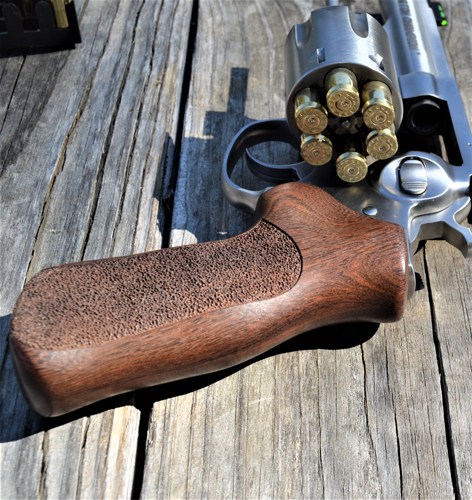
Now a word about the GP100 system as relates to handloading. You do not need to use the supplied moon clips with the 10mm cartridge. Headspacing on the case mouth allows the Ruger to be fired without the aid of the moon clips and the cartridge ejects easily. The distance between the firing pin and the cartridges is the same with or without the 10mm moon clip, which isn’t always true of the .45 ACP moon clipped revolver. Sometimes with the Ruger, the spent cases slide right out after firing if the muzzle is pointed upwards. However, with the moon clips, this is the fastest loading and unloading system ever seen in the history of revolvers!
The .40 Smith and Wesson cartridge may be fired in the GP100 but only with moon clips as the short case will not headspace in the GP100 cylinder. That’s ok and offers a sub loading for non handloaders. For those of us that handload—and that should be you as well—the 10mm may be loaded down to .40 caliber velocity. There seem to be downsides to the 10mm revolver. First, the bullet jumps from the cylinder throat into the barrel and the powder propellant pushing the bullet would seem to lose some driving force due to the barrel cylinder gap. The .40 is worse, the logic ladder presumes, due to an even longer jump. That is certainly the case with .22LR, 9mm, and .45 ACP variations.
Ruger revolvers are known for developing more velocity than similar revolvers with the same barrel length in .357 Magnum caliber. In this case with almost all loadings the Ruger GP100 10mm with its 4.2-inch barrel exhibited greater velocity than the Kimber’s 5-inch barrel. Conversely, we would have thought the revolver would demonstrate better accuracy than the automatic.
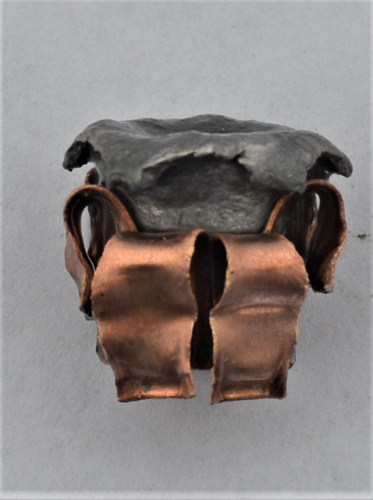
The Kimber was on average more accurate in absolute terms than the Ruger revolver. The Ruger revolver should be able to withstand heavier loads but we did not go that route in this test. The loads tested are plenty powerful and recoil is enough to dissuade any further pumping up of either pressure or recoil. Automatics in 10mm have beaten themselves into rattling wrecks. The .41 frame GP100 is another matter. Either of these handguns are capable to taking deer sized game to 50 yards.
Firing from a solid bench rest position with a Bullshooters pistol rest I gauged accuracy from 25 to 50 yards. I am confident of staying in the 8 inch kill circle of deer sized game at the longer distance. As for personal defense, either is a great pistol. The automatic has the advantage of a rapid second shot and follow up shots. The Ruger GP100 with moon clips is very fast to reload but not as fast as the Kimber. In animal defense any number of shooters have pressed the revolver into the animals hide, usually a bear or one of the big cats, and fired the revolver repeatedly without any type of malfunction. The automatic would jam after the first shot. I like both and often use these handguns. My .45s and .44s are not going to be retired but they are not fired as often as they once were. The 10mm makes the grade for many uses.
Reloading the 10mm
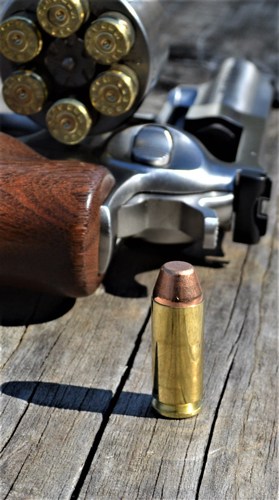
The straight walled 10mm is a joy to load. It isn’t difficult to find good recipes and the cartridge responds well to careful loading. I find the original 200-grain bullet a good starting place, but have came to prefer the 180-grain Hornady XTP for most uses. The 155 is fast, the 135 is a good bullet for plain fun and high velocity, but the 180 seems to strike the best balance. It all depends on what you are trying to accomplish.
For just fun shooting, the least expensive lead bullet is the way to go, and often accuracy is excellent. For personal defense the 155- to 180-grain JHP are good bets. The Speer 180-grain Gold Dot expands well per my testing and offers excellent accuracy. The loads that follow have been worked up over a period of several weeks and work fine in my pistols.
Begin at least 10 percent below my powder charges, some of these are the max! I have seen several wrecked 10mm pistols on the past year including a new polymer-frame handgun. The shooter had been using the loads in his Delta Elite and blew a case head with the first magazine in the new pistol. A serious competitor blew his Glock on the firing range. He admitted to me he was ‘loading on the edge’ for an advantage. The longevity of the gun and the shooter are pretty important and this means careful load practice.
Note: Lyman reloading equipment used in all loading.
Load Data
Note: 135-grain Nosler – This bullet does not have the long bearing surface we associate with good accuracy but it performed well. Accuracy is good and this is a great coyote and pest popper.
Kimber 1911
| Bullet | Powder Charge | Velocity |
|---|---|---|
| Nosler 135-grain | 8.5 Unique | 1,340 fps |
| Nosler 135-grain | 7.9 WW 231 | 1,290 fps* |
| Nosler 135-grain | 9.9 CFE | 1,478 fps |
| Hornady 180-grain XTP | 9.5 Longshot | 1,390 fps |
| Hornady 180-grain XTP | 11.0 Blue Dot | 1,277 fps |
| Hornady 200-grain XTP | 9.5 Blue Dot | 1,220 fps |
| Nosler 135-grain JHP | 9.0 CFE | 1,419 fps |
| Hornady 155-grain XTP | 8.2 CFE | 1,262 fps |
| Hornady 155-grain XTP | 8.2 WSF | 1,299 fps |
| Hornady 180-grain XTP | 9.5 Long Shot | 1,344 fps |
| Hornady 200-grain XTP | 9.4 Blue Dot | 1,129 fps |
| Speer Gold Dot 180-grain | 5.4 WW 231 | 990 fps |
| 200-grain Lead Hard Cast | 5.0 WW231 | 942 fps |
| 200-grain Lead Hard Cast | 5.5 WW 231 | 1,070 fps |
My primary focus is economy. This means more shooting for the same budget. I also load for performance and accuracy. I know firearms and I know how to gauge pressure signs and when a pistol isn’t responding well to a given load. There are reasons that published data stops at a certain point and so should we. Sure a Kimber may take more pressure than a cheaper gun or a polymer-frame handgun with a generous chamber, but then it may not.
Handguns are individuals. A tight chamber results in both higher pressure and higher velocity for a given load. Your pistol may develop less pressure or more than mine it, it may develop greater velocity with less powder. Beginning 15 percent below this data’s powder charge is mandatory and you may just find that is the maximum for your handgun. The only reliable measure of pressure is case head expansion. By the time you get a flattened primer you are in dangerous territory!


